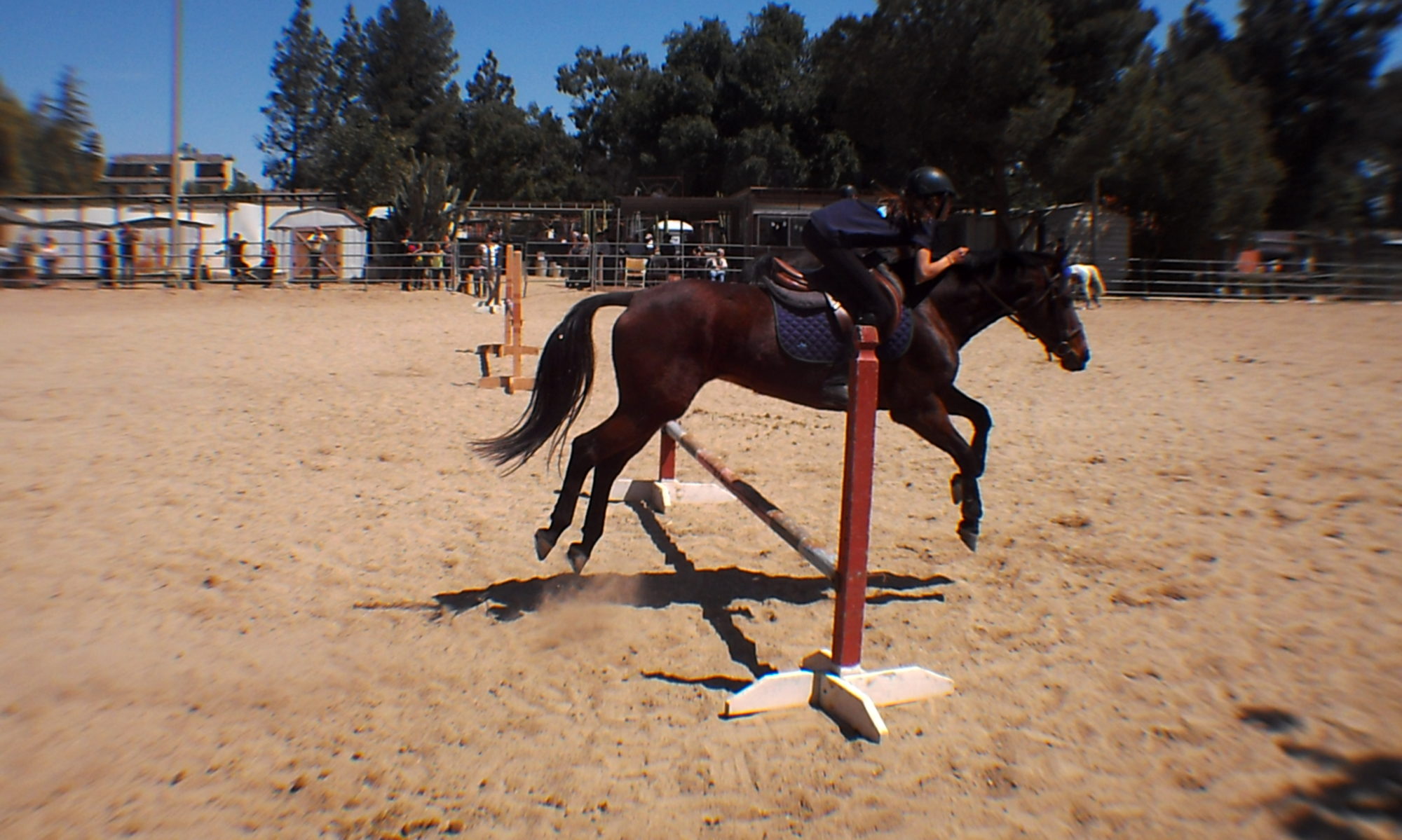Texting is the new wave in communication and is currently practiced throughout the world, especially among teens, as Shane Snow reports on Mashable. With phones, such as the iPhone 4s, texting is clearly a must, but with all good things, there are positives as well as negatives.
Still, for many people, texting is a way of life. Los Angeles resident, Roxana Jimenez says, “I text from the time I get up in the morning. I get a good morning text from my brother, ‘til the time I fall asleep, around one in the morning.”
And then, there are the “textaholics”; People, who average anywhere from 500 to 1000 messages a day. As reported by International Business Times, the average teenager in the U.S. currently sends or receives nearly 3000 text messages a month.” Edwin Moran of North Hollywood, Calif. says, “Texting is the way to go.” He goes on to say that it is a cheaper way of communicating, however he doesn’t agree with kids having phones at a certain age, but it should be up to the parent to control the child’s texting habits. He says, “he believes if the child is home, the parent should take the phone away, but when they are out, they should be allowed to text.”
One of the negative results of excessive texting is the idea of sleep texting. As reported in the Chicago Sun Times, “a small but growing number of cellphone users are reporting that they sometimes sleep text.” The study by the Pew Research Center said this disorder is mostly found in teens and college students due to the fact that this age group texts more than other age groups. Jovi Hinojosa, a resident in San Fernando, Calif., says, regarding sleep texting, “That could potentially be embarrassing because if you’re texting that boy or that girl who you have a crush on, saying something like, ‘I wanna marry you’. They freak out and that could be embarrassing.”
Above all, most people say they text for convenience. Ninette Amaya, another resident from North Hollywood says she texts mainly her close family at times when she cannot talk on the phone.
Ultimately texting is harmless, but Moran says, the real downside of texting is that by texting instead of talking, there is no real connection with the person. You can’t see what the person’s reaction is to a joke, for example. All you have are the words and that’s not good.
Like this:
Like Loading...



